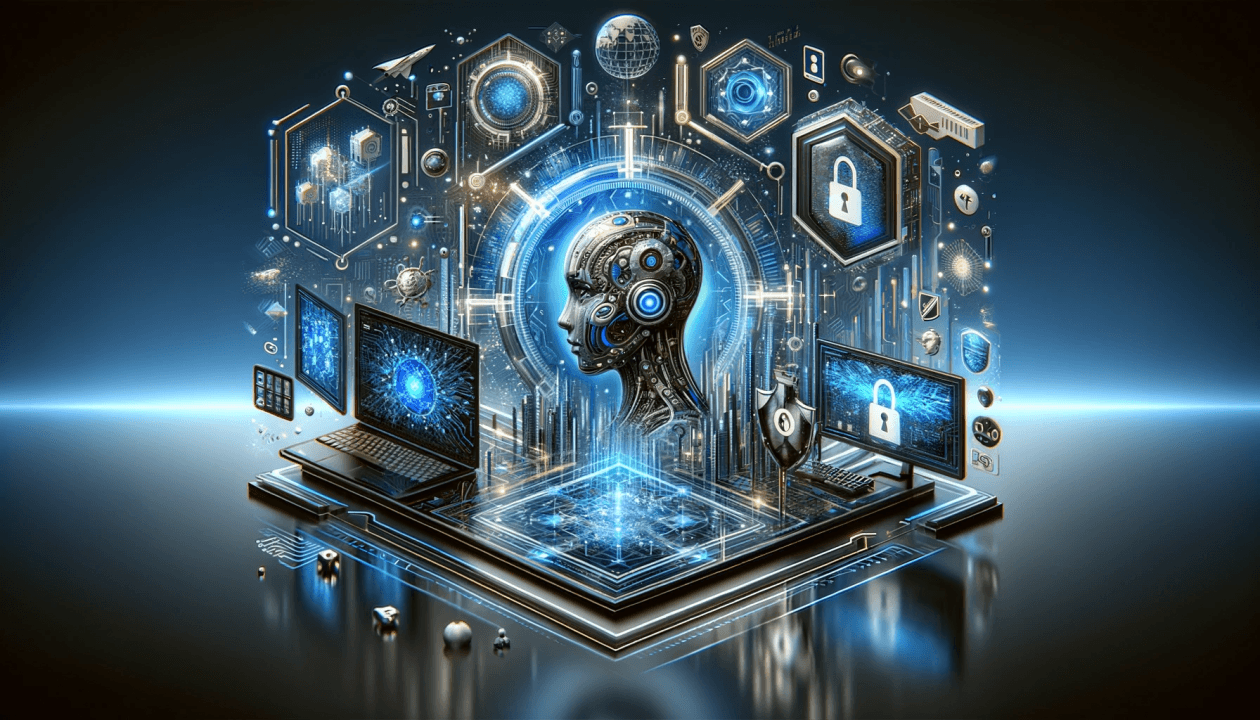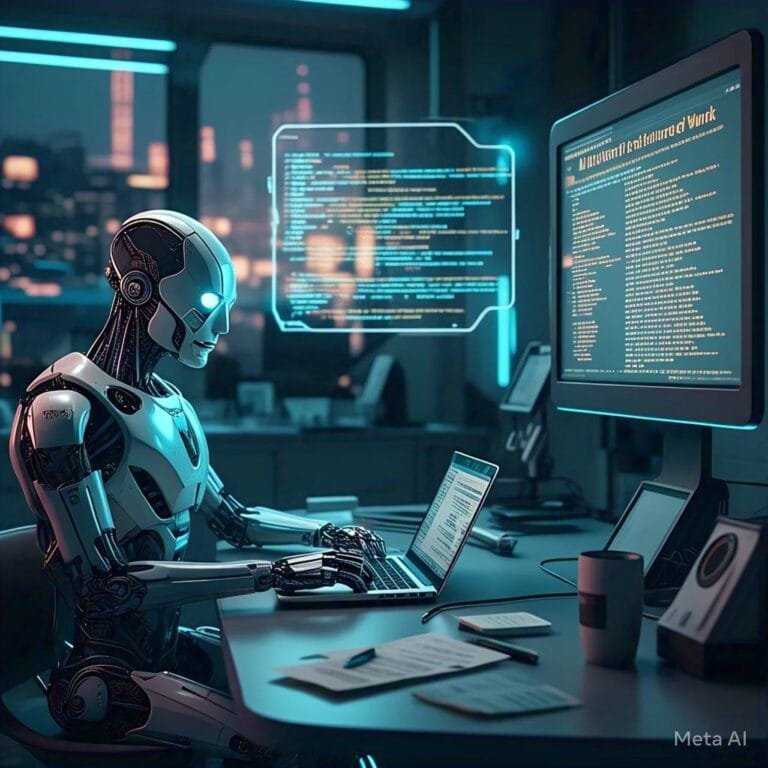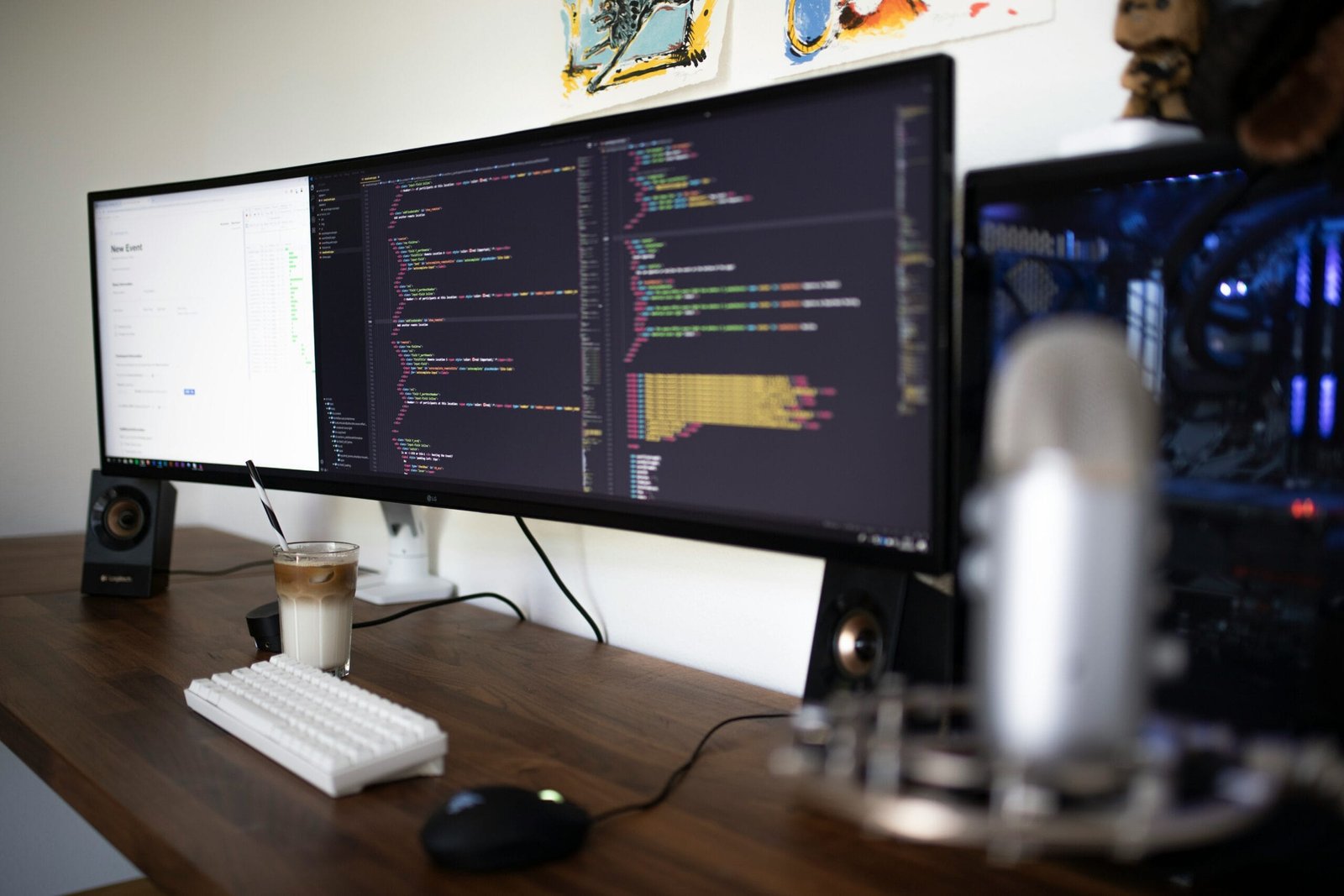The Evolution of Cybersecurity Threats
Over the past few decades, cybersecurity threats have undergone a radical transformation, marked by advancements in technology and the methodologies employed by cybercriminals. The early days of cybersecurity were characterized by relatively simple attacks, such as viruses and worms, which were often executed as pranks or to demonstrate technical prowess. As the internet expanded and became more integrated into business operations, so too did the complexity and frequency of cyber threats. The rise of the web in the late 1990s and early 2000s ushered in a new era defined by more sophisticated attacks, including phishing scams and denial-of-service (DoS) attacks, which targeted both individuals and enterprises.
The evolution of cybersecurity threats took a significant turn with the introduction of artificial intelligence (AI). AI technologies have enabled cybercriminals to automate attacks and analyze vast amounts of data, enhancing their ability to identify vulnerabilities within systems. For instance, machine learning algorithms can now be used to predict which systems are most likely to be exploited, allowing attackers to focus their efforts for maximum effect. The implications for businesses are profound; organizations must now contend with a landscape where attacks can occur at an unprecedented scale and speed.
In addition to AI, the emergence of the Internet of Things (IoT) has broadened the attack surface for cybercriminals. As more devices connect online, many of which lack robust security measures, they provide additional entry points for malicious activities. Notable examples of past cyber threats include the widespread ransomware attacks, which have paralyzed critical infrastructure and resulted in substantial financial losses. Such cases have underscored the urgent need for organizations to adopt proactive cybersecurity measures to protect their assets and sensitive data.
Understanding this historical context is crucial for anticipating future cybersecurity trends and preparing for the increasingly sophisticated threats that lie ahead.
AI-Driven Cyber Attacks: Understanding the Risks
As we progress further into the digital age, the sophistication of cyberattacks has risen significantly, predominantly due to the incorporation of artificial intelligence (AI) in malicious activities. AI-driven cyber attacks can manifest in several forms, each presenting unique risks to organizations and individuals alike. One of the most prevalent forms involves automated phishing attacks, where AI algorithms generate convincing emails or messages that mimic legitimate communications. These AI-enhanced phishing attempts are more accurate, thus making it increasingly difficult for recipients to discern real messages from fraudulent ones.
In addition to phishing, machine learning techniques are now being utilized to facilitate data breaches. Cybercriminals deploy AI to analyze large datasets, identify vulnerabilities, and target organizations with precision. With access to advanced algorithms, attackers can predict security weaknesses that traditional defenses may overlook, leading to increased incidents of data theft. The infamous Equifax breach serves as a notable example; hackers utilized AI methods to exploit system vulnerabilities systematically, resulting in the exposure of sensitive information affecting millions of individuals.
Moreover, the rise of deepfake technology poses further risks in the realm of cybersecurity. This technology allows for the creation of realistic impersonations of individuals, making it feasible for attackers to conduct fraud, manipulate media, or deceive employees into divulging sensitive information. A notable case involved a company that fell victim to a deepfake phone call impersonating its CEO, leading to unauthorized transfers of funds. This illustrates how AI facilitates sophisticated impersonation techniques, creating significant challenges for corporate security measures.
The capabilities of AI in executing cyber attacks have undeniably outpaced many traditional security measures, necessitating a reevaluation of cyber defense strategies. Organizations must adopt proactive approaches, invest in advanced security technologies, and enhance employee training to mitigate the risks posed by AI-driven cyber threats. Understanding these complexities is vital for staying ahead in the evolving landscape of cybersecurity.
Strategic Responses for Businesses
As AI-driven cyber attacks continue to evolve, businesses must implement robust strategies to defend their systems and data. One of the most effective methods to counter these sophisticated threats is adopting advanced AI-based cybersecurity solutions. These solutions offer real-time analysis and response capabilities, enabling organizations to detect and neutralize threats before they can cause significant damage. By leveraging machine learning algorithms, businesses can enhance their threat detection accuracy and respond to emerging threats in a timely manner.
Another critical aspect of a comprehensive cybersecurity strategy is conducting regular threat assessments. By periodically evaluating the security posture of their systems, organizations can identify vulnerabilities and gaps that may be exploited by malicious actors. These assessments should encompass both external and internal threats, including the potential for insider attacks. Implementing these evaluations as part of a proactive security framework helps companies stay ahead of potential vulnerabilities and fortify their defenses accordingly.
Moreover, fostering a strong culture of security awareness among employees is vital in the fight against AI-driven cyber attacks. Cybersecurity should not only be the responsibility of the IT department but a collective effort involving all employees. Organizations should provide regular training sessions and awareness programs that educate staff about the latest cyber threats, safe online practices, and the importance of reporting suspicious activity. Engaging employees in this manner can drastically reduce the likelihood of human error, which remains one of the weakest links in cybersecurity.
Lastly, integrating machine learning into security monitoring systems allows businesses to enhance their ability to detect unusual behaviors and potential threats. By automating threat detection and response, organizations can substantially minimize reaction times, thereby mitigating the risk of successful attacks. The combination of these strategic responses—AI-based solutions, regular assessments, a security-aware culture, and advanced monitoring—will empower businesses to defend themselves more effectively against AI-powered cyber threats.
Looking Ahead: The Future of Cybersecurity in 2025
As we move towards 2025, the landscape of cybersecurity is poised for significant transformation driven by technological advancements and the evolving nature of cyber threats. One of the most notable trends is the increasing integration of artificial intelligence (AI) in both offensive and defensive strategies. Cyber adversaries are likely to leverage AI to create more sophisticated attack vectors, making it imperative for security professionals to stay ahead by employing AI-driven threat detection and response systems. This not only enhances the speed of identifying potential breaches but also allows for predictive analytics to foresee and mitigate risks before they escalate.
In addition to technological advancements, we can anticipate a more robust regulatory framework surrounding AI applications in cybersecurity. Governments and regulatory bodies are expected to establish guidelines that govern the ethical usage of AI, ensuring that organizations implement these technologies responsibly while safeguarding personal data and privacy. This regulatory landscape will also address accountability measures for organizations, compelling them to adopt best practices in their cybersecurity strategies.
Collaboration across various sectors will be paramount in addressing the global challenge posed by cyber threats. As cybercriminals increasingly operate across national borders, fostering partnerships between industries and governments will allow for a united front against these advanced threats. The establishment of information-sharing platforms will facilitate the rapid exchange of intelligence regarding potential threats and best practices, effectively strengthening the overall cybersecurity posture. As a result, organizations will not only be better equipped to defend against AI-powered attacks but will also contribute to a collective knowledge base that enhances resilience across the board.
In conclusion, the future of cybersecurity in 2025 will largely depend on our ability to adapt and innovate in the face of rapid technological changes and increasing threat complexity. By embracing AI, adhering to emerging regulations, and fostering collaborative efforts, stakeholders can collectively mitigate the risks associated with an ever-evolving cyber landscape.






